
Summer may be gone, but West Nile Virus remains a threat

Mosquito activity is still at its peak during early fall but taking steps to prevent mosquito bites can reduce risk of West Nile Virus. (U.S. Army photo)
Summer has come to an end, but mosquito-borne illnesses are still a risk. Whether you’re enjoying the outdoors at home or traveling abroad, knowing where West Nile Virus can be found and taking steps to prevent mosquito bites can help reduce your risk.
“We want to keep our service members and their families safe from infection,” said Navy Lt. Cmdr. Alexandra Singer, an internal medicine provider and the chief of Preventive Health for the Defense Health Agency Occupational & Environmental Health Branch. “For West Nile Virus, the best way to reduce your risk of illness is by protecting yourself from mosquito bites.”
West Nile Virus is a mosquito-borne infectious disease that first appeared almost 20 years ago, according to the National Institutes of Health. While most infected people show either no symptoms or mild symptoms, 1 in 150 people will develop a severe illness which can turn fatal if it causes inflammation of the brain or the tissue that surrounds the brain and spinal cord.
The Army Public Health Center said approximately 4 out of 5 people infected with the virus show no symptoms at all, and up to 20 percent develop mild symptoms, such as a fever, headache, and body aches. Severe symptoms include a high fever, neck stiffness, disorientation, tremors, muscle weakness, vision loss, numbness, and paralysis.
“If you become ill with symptoms such as headache, fever, muscle weakness, and disorientation, and you think you may have been exposed to West Nile Virus, the best course of action is to seek medical attention as soon as possible,” Singer warned. Symptoms usually develop three days to two weeks after being bitten by a mosquito, and can last for a few days or several weeks depending on the severity, the Centers for Disease Control and Prevention said.
Singer said mosquito activity peaks from summer to early fall. Although most cases are transmitted by mosquitoes, the virus can also spread through blood transfusions, organ transplants, and from mother to child during pregnancy or breastfeeding, according to the CDC.
“Giving providers as many details as possible about recent whereabouts and possible exposure to mosquitoes can help them decide whether any testing is needed,” said Singer. “If the suspicion of West Nile Virus infection is high, blood is drawn to test for antibodies.” The CDC warns that if running this test within a week of exposure to the virus, results may return as a false negative, requiring repeat testing.
“There continue to be developments in trying to establish some therapeutics as well as vaccine for the West Nile Virus infection,” said Dr. Limone C. Collins Jr., chief of vaccine safety and evaluation for the DHA Immunization Healthcare Branch, adding that research is still in its early stages. “A worldwide effort to mitigate this epidemic has been underway.”
According to the World Health Organization, West Nile Virus is most commonly found in Africa, Europe, the Middle East, North America, and West Asia. The virus first appeared in the United States in 1999 and has since been detected in all 48 contiguous states, as well as the District of Columbia and Puerto Rico, Singer noted.
The Army Public Health Center recommends limiting mosquito contact by applying insect repellent to exposed skin, spraying clothing and supplies with permethrin, making sure windows and doors have screens, and wearing clothes that minimize skin exposure. Emptying containers – such as buckets, wading pools, and bird baths – to get rid of shallow, standing water where mosquito larva thrive can also help reduce risk for infection, said Singer.
“Knowledge is power,” said Singer. “Remaining informed and aware of any infectious disease threats or outbreaks in your environment will go a long way toward helping you reduce your risk of infection.”
CVD
Infographic
10/3/2018

As of part of WOMEN’S HEALTH MONTH, we focus on the findings related to female service members. If the risk factors are recognized, these service members can take steps to modify their lifestyles or obtain appropriate medical intervention, and reduce the likelihood of significant CVD while serving in the Armed Forces, and also after leaving service.
Gynecologic Disorders
Infographic
10/3/2018

Gynecologic disorders are conditions that affect the female reproductive organs, including the uterus, ovaries, fallopian tubes, vagina, and vulva. As part of Women’s Health Month, this report describes the incidence and burden of four commonly occur-ring gynecologic disorders (menorrhagia, polycystic ovary syndrome (PCOS), uterine fibroids, and ...
HPV
Infographic
10/3/2018

Genital human papillomavirus (HPV) is the most common sexually transmitted infection (STI) in the U.S.; HPV is the second most frequently diagnosed STI in U.S. military service members. Currently, HPV vaccine is not mandatory for U.S. military service members, but the Defense Health Agency and each individual service have policies encouraging and ...
Paying attention, knowing the signs: How teenagers can help save a life
Article
9/27/2018
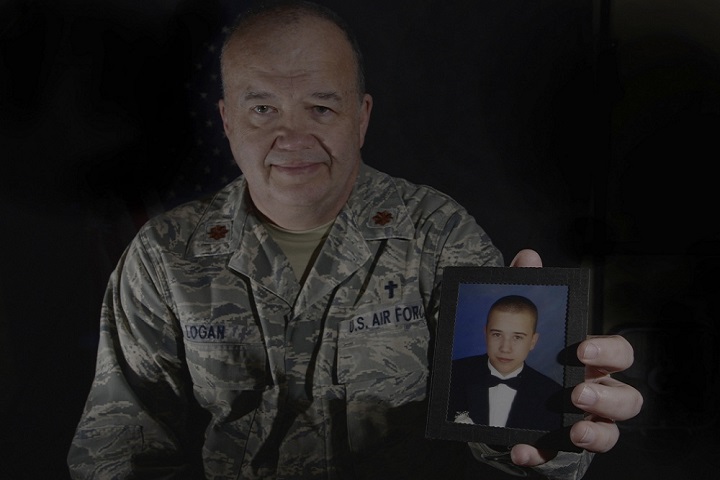
Suicide is the third leading cause of death for teens, young adults
Say ‘Shoo’ to the flu with TRICARE
Article
9/26/2018
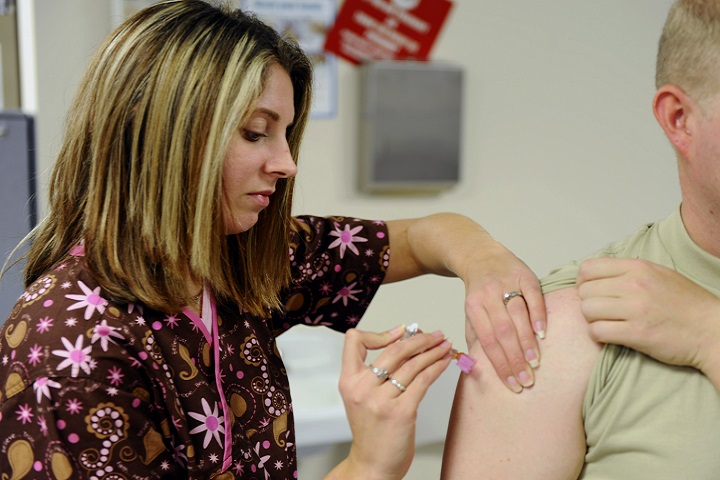
Flu viruses are serious, contagious viruses that can lead to hospitalization or even death
Smoking in disguise: Electronic smoking devices labeled ‘healthy’ can be misleading
Article
9/25/2018

E-cigarette, vaping on the rise among teens and young adults
HPV
Infographic
9/24/2018

Genital human papillomavirus (HPV) is the most common sexually transmitted infection (STI) in the U.S., and is the second most frequently diagnosed STI in U.S. military service members. Currently, HPV is not a mandatory vaccine for U.S. military service. However, it is encouraged and offered to service members.
Drowning
Infographic
9/24/2018

Service members are at risk for unintentional drownings during training, occupational activities, and off-duty recreation. In the U.S., unintentional drowning ranks as the fifth leading cause of unintentional injury death and accounted for an average of 3,558 deaths (non-boating related) annually between 2007 and 2016. The current analysis extends ...
HIV
Infographic
9/24/2018

As part of the U.S. military’s total-force HIV screening program, civilian applicants for military service are screened for antibodies to HIV during pre-accession medical examinations. Infection with HIV is medically disqualifying for entry into U.S. military service. Since 1986, all members of the active and reserve components of the U.S. Armed ...
Norovirus
Infographic
8/27/2018

Beginning in 2011, the Operational Infectious Diseases (OID) laboratory at the Naval Health Research Center has undertaken routine surveillance of four U.S. military training facilities to systematically track the prevalence of acute gastroenteritis and to establish its etiologies among U.S. military recruits.
Staphylococcus
Infographic
8/27/2018

Staphylococcus: Staphylococcus aureus is a major cause of skin and soft tissue infection (SSTI). Military personnel in congregate settings (e.g., training, deployment) are at increased risk for S. aureus colonization and SSTI. For a 7-month period in 2016, an observational cohort study of S. aureus colonization and SSTI among U.S. Navy submariners was ...
Heat rash is common when the mercury climbs
Article
8/14/2018
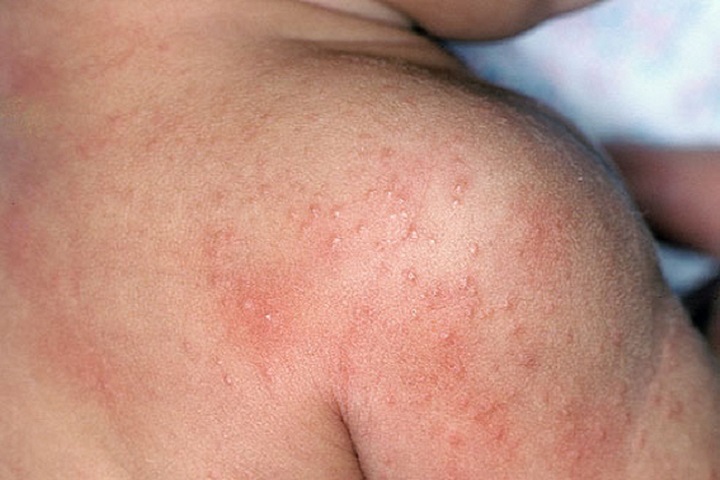
Anyone can be affected, including children and adults
The things head lice carry: Stigma and hassle, but no harm
Article
7/31/2018
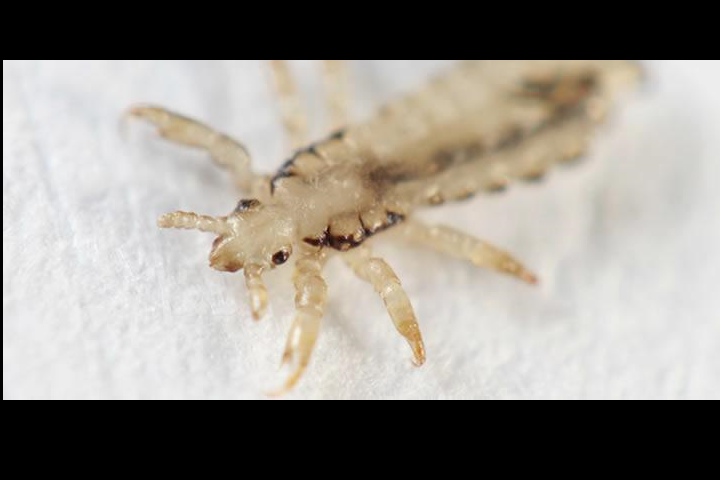
Lice – a common affliction in school children – are gross but harmless
Army invention traps things that go buzz in the day
Article
7/30/2018
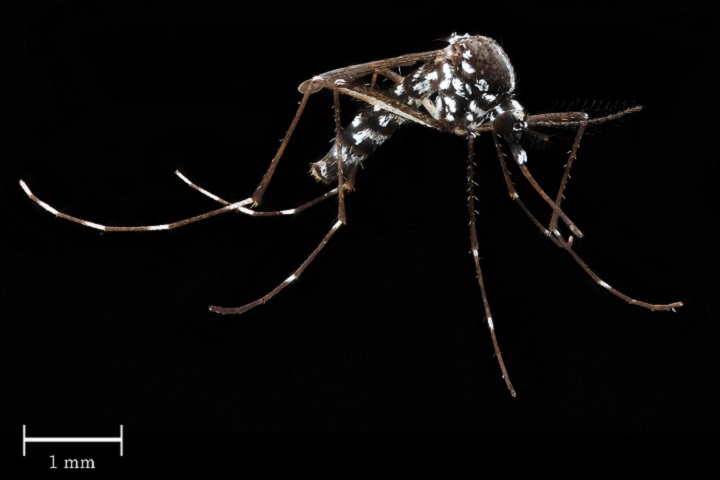
Device targets mosquitoes that transmit diseases
Mosquitoes 2018
Video
7/30/2018

MHS observes Bug Week! Learn more about how to stay safe from mosquitoes and the diseases they carry by watching this video.






















.png)











No hay comentarios:
Publicar un comentario